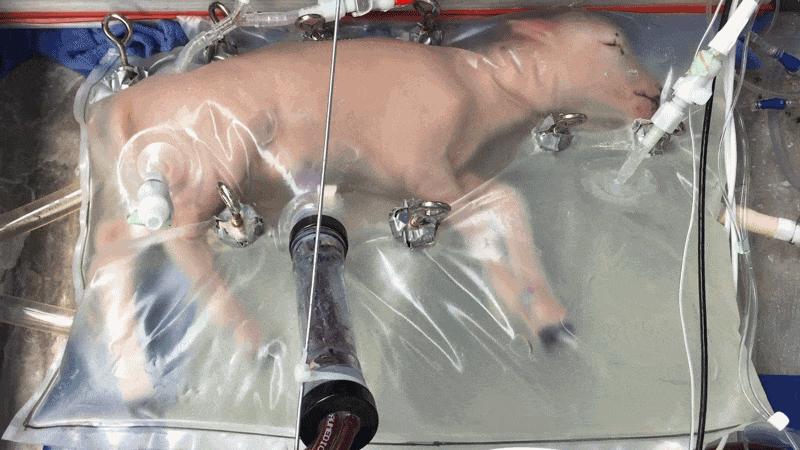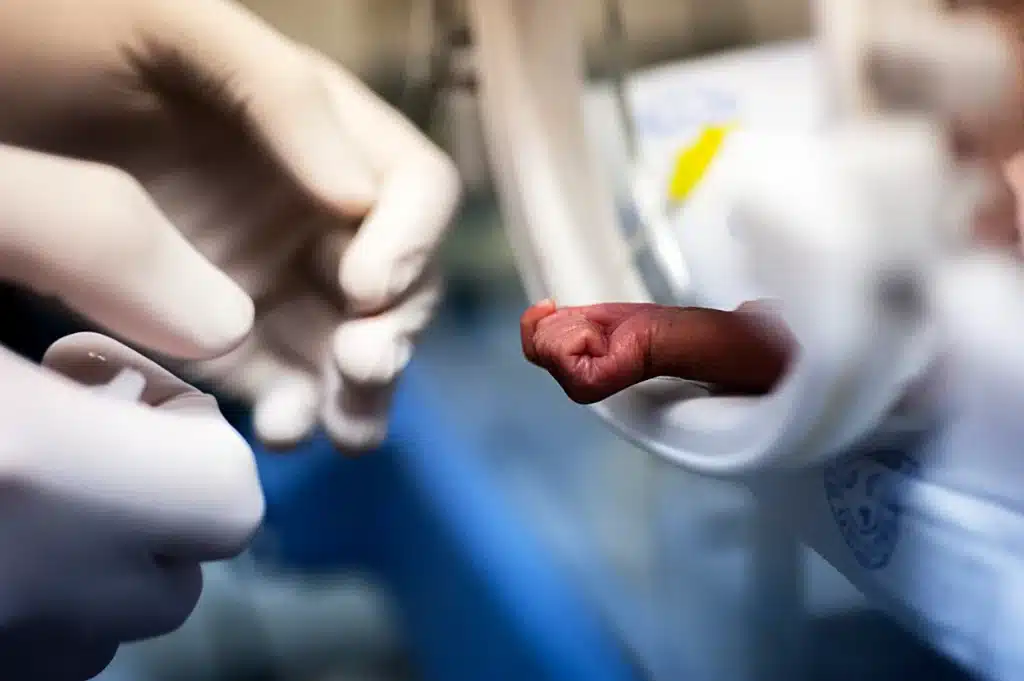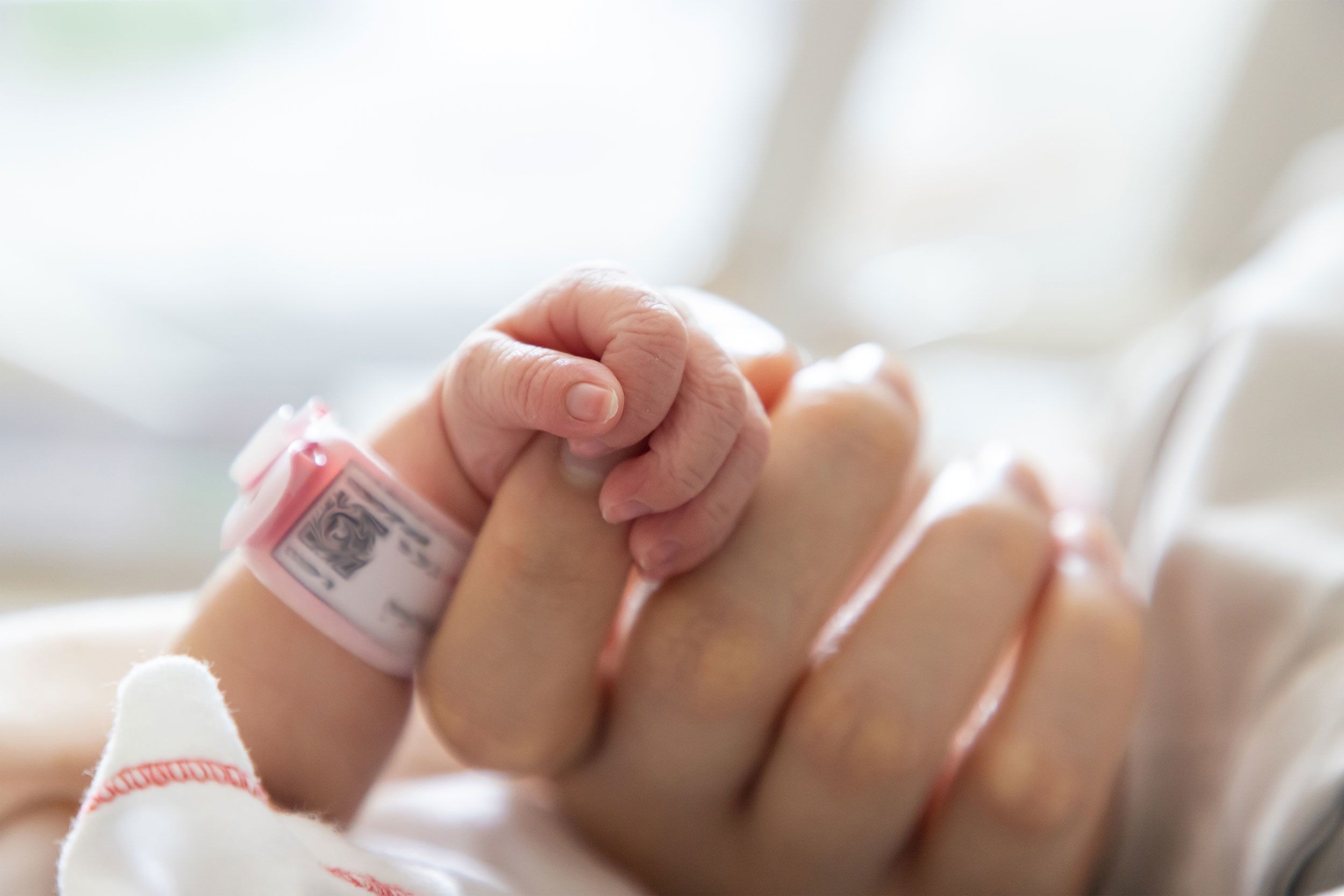In a laboratory at the Children's Hospital of Philadelphia (CHOP), a still not fully developed lamb lies in a sort of transparent sac, immersed in a fluid that resembles the environment of a womb. It's not the beginning of a science fiction movie, but the result of 2017 research that captured global attention. The target? Develop an “artificial womb” to improve the survival and quality of life of newborns born extremely prematurely.
As the technology moves closer to human clinical testing, crucial questions emerge: Can it truly replicate the conditions of a natural uterus? And what are the ethical implications of such an innovation?
The artificial womb: a revolution for premature babies?
The 2017 experiment conducted by CHOP (and related research) have captured the imagination of many, conjuring futuristic visions of humans grown entirely in laboratories. This is why we need to clarify things clearly: the research team is today seeking approval which would pave the way for the first human clinical trials for their device, which is called EXTEND.
EXTEND is an acronym that stands for Extra-uterine Environment for Newborn Ddevelopment. Contrary to what you might think, the goal is not to grow a fetus from start to finish, but to improve the chances of survival and quality of life of extremely premature newborns, i.e. those born before 28 weeks of gestation.
The potential of technology
Alan Flake, a fetal surgeon at CHOP, reiterates that if this new technology is successful it could revolutionize the way high-risk pregnancies are treated. Instead of being born prematurely and dependent on a ventilator, newborns could be “transferred” to the EXTEND system. As you can imagine, the vision has attracted the attention of many investors, with start-up Vitara Biomedical raising $100 million to further develop the technology.
And now we're at a turning point: On September 19 and 20, the U.S. Food and Drug Administration (FDA) will discuss the regulatory and ethical implications of EXTEND technology. A discussion that will be followed by many other research groups around the world who are developing similar devices. And by bioethicists interested in the possible repercussions on health, reproductive rights and many other issues.

The problem of preterm birth
Preterm birth is a leading cause of death and disability in children under five. In 2020, there were approximately 13,4 million preterm births worldwide, with approximately 900.000 deaths in 2019 due to complications related to these births. Artificial womb technology aims to improve the outlook for these newborns by providing an environment more similar to the mother's womb during the crucial weeks between 22 and 28 weeks of gestation.
Clearly there will still be several challenges to overcome. For example, connecting the blood vessels of the umbilical cord to the system so that the fetus's blood can be oxygenated outside the body is an extremely delicate procedure that today must be performed within minutes. It goes without saying, then, that there are significant differences between lambs and humans that will need to be taken into consideration for the experimentation to begin. The limits to consider, however, are ethical ones.

Artificial womb, ethical doubts
Well, where do we start? Artificial womb technology, like all truly transformative ones, raises more than one legitimate question.
First of all, the use of the artificial womb could further blur the lines between what we consider life “in utero” and life “external”. If a fetus can be supported outside the mother's womb before the traditionally accepted term, discussions about the right to abortion and the very definition of the beginning of life will be upended.
Do we want to talk about the implications for motherhood? The experience of pregnancy has profound psychological, emotional and physical implications for a mother. If a fetus can be grown in an artificial womb, the mother-child bond (and social expectations about motherhood) change. Will a mother have the same emotional bond with a child raised in an artificial womb? And how will it influence society's perception of the role of mothers and "real" motherhood?
Again: as with other new medical technologies (I am thinking of those that seek to increase longevity), concerns arise regarding who will have access to these technologies and at what cost. The artificial womb could become a resource available only to those who can afford it, creating further inequalities in neonatal health and outcomes.
In short (Italian only)
The ethical doubts that I have listed (just a few of many) show how complex the introduction of new technologies in the medical and reproductive fields is. However, the artificial womb has the potential to bring significant benefits: it is essential to address these issues with sensitivity and care, to witness a new era in neonatal medicine.


